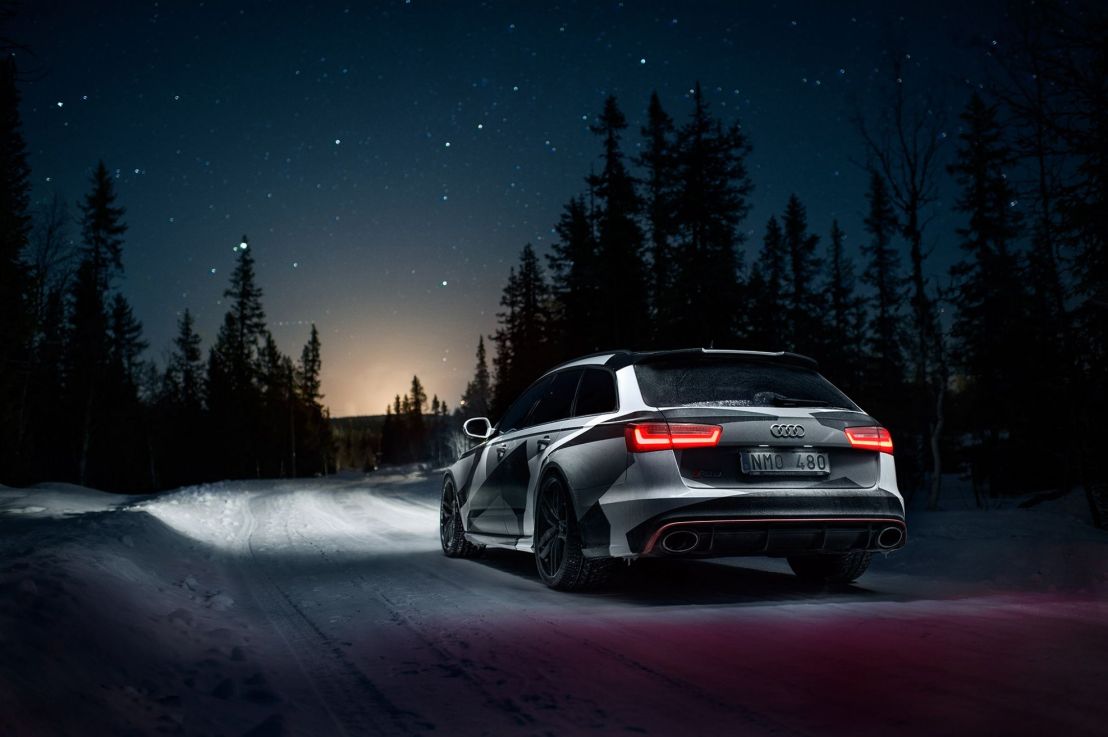Your car’s factory lights may be adequate on the road at moderate speeds, as you’re getting a fair amount of illumination from the streetlights as well. But if you’re driving in the middle of nowhere, or in poor weather, you’ll quickly find out that they’re lacking. So what can you do to resolve this? -Aftermarket car driving lights. Some people avoid aftermarket driving lights as they think they’re illegal. However, that can’t be further than the truth, especially in Australia. This is due to the fact that Australian transportation also includes a lot of rural roads, so all you have to do is switch them off when you’re near other drivers.
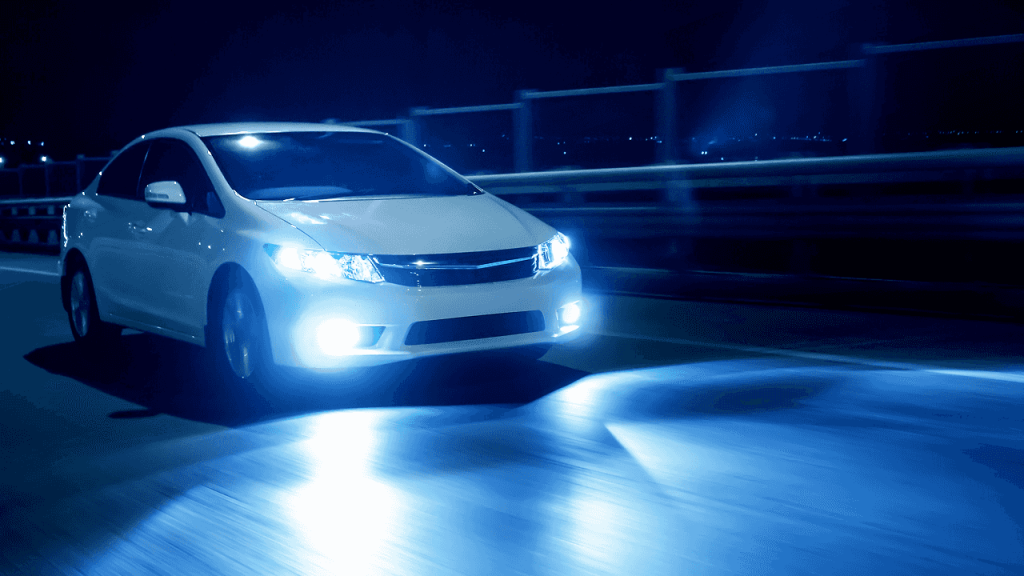
You need to think of car driving lights as a safety feature in the same way you think about your seat belt or braking system. Besides having a properly functional brake system and tyres, your driving lights are arguably the most effective safety measure you can add. Being able to see further and clearer can significantly increase the time you have to react to what’s in front of you. This is especially important in situations where braking distance increases due to slippery conditions. For most Australians living away from the big cities, aftermarket car driving lights are some of the first modifications they perform on their vehicles. However, you can’t just get the first aftermarket lights you come across. You should put some thought into your choice in order to make sure you get a suitable product.
Power Isn’t Everything
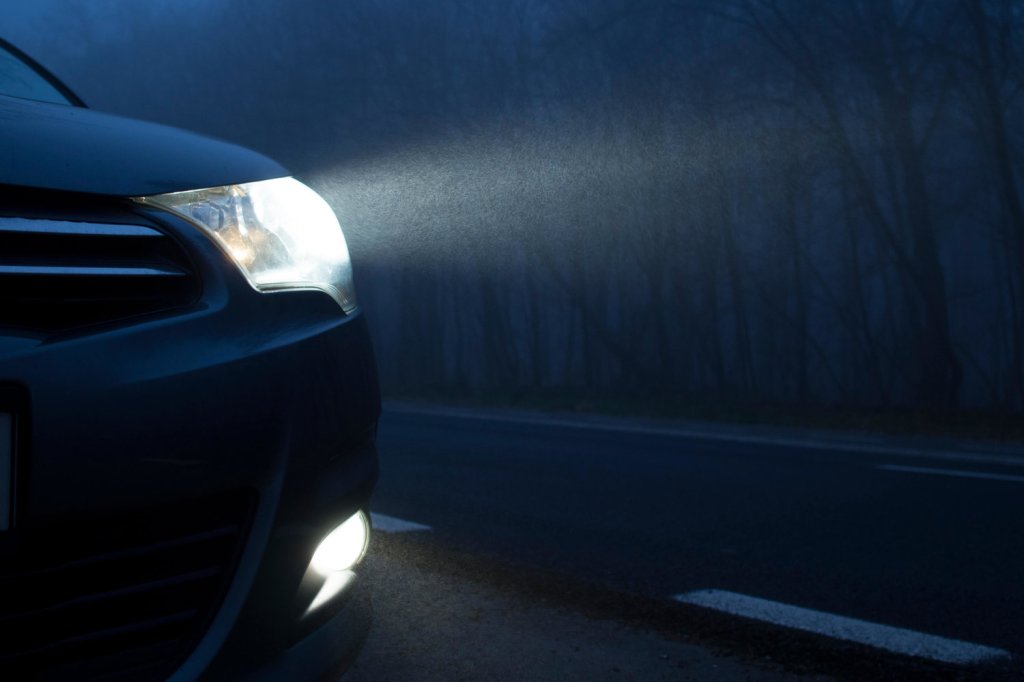
An 18-wheeler has somewhere about 600hp, whereas my friend’s Mustang has 492, yet his Mustang is faster than 18-wheelers and it’s not even close. The same thing applies to lights. More lumens or watts doesn’t mean more power, it only means they use more power to illuminate light. In the past couple of years, lighting technology, LED and HID, especially, is much more efficient than ever. The lumen is the standard unit of brightness, and it refers to the amount of brightness your driving lights produce in all directions. However, raw lumens are just like raw horsepower – they’re a calculation, not measurement. Driving lights manufacturers don’t usually manufacture the LEDs themselves, but instead source them from suppliers then assemble them into the driving lights with all the lenses, reflectors, mounts, circuit boards and other components.
That being said, you should look at the number of effective lumens, which is the measurement taken a meter in front of the light. Even in best case scenarios, a LED with a 1000 raw lumen output can dish out about 800-900 effective lumens, and most lights are far away from that best-case scenario. Plus, the lumens alone isn’t the best way to judge the effectiveness and usability of the light.
Colour Temperature
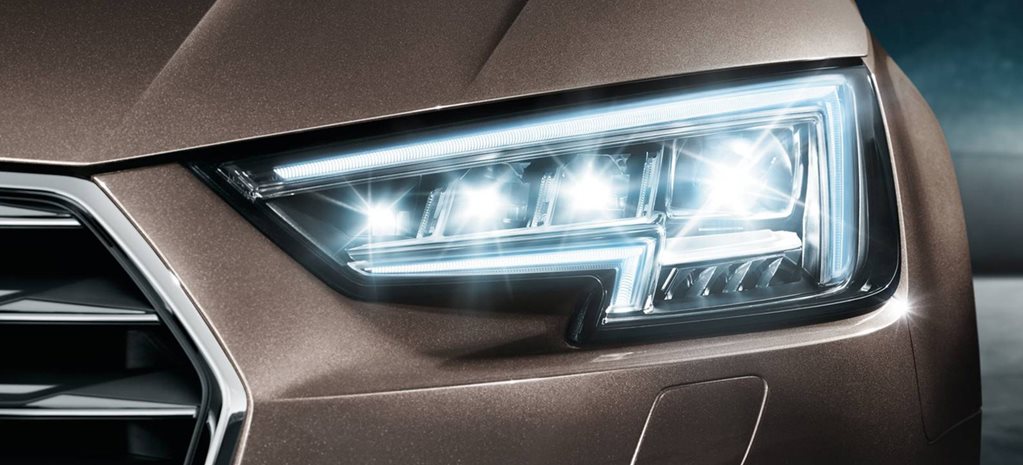
The colour light of driving lights is expressed in temperature, measured in Kelvin. The temperature can range from cool to warm. Warm lights are those that have a yellow-ish hue, and they’re great for penetrating fog and dust due to their long wavelength. However, they can impair your ability to discern colours. Cool lights are those that have a blue/white-ish hue, and they appear very bright. These lights have a short wavelength, and they produce reflections and glare as a result, and can also cause eye strain. You want your driving lights to be as close to natural daylight as possible, as that type of light is easy on the eyes, yet provides decent illumination and contrast. HID and LED lights lean towards the cooler sides, and they range somewhere between 4.000-6.500 Kelvin.
Illumination Zones
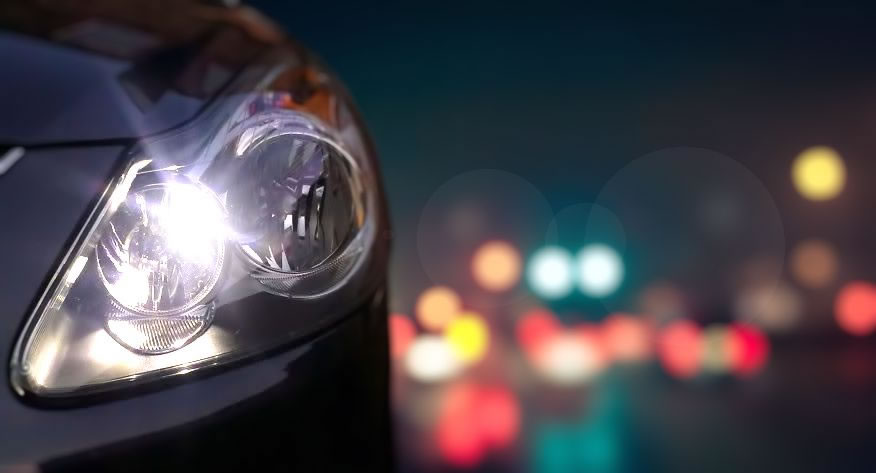
You need to illuminate more than just the straight-line in front of your vehicle. Depending on the type of terrain you’re driving through, as well as the weather conditions, you might need to illuminate the immediate area in front of your vehicle, more to the sides, or you might need a more focused, distant beam to help you see further ahead. There are different type of lights for different purposes. Floodlights, for example, illuminate the immediate area, but provide a broader beam. This allows you to see potential upcoming hazards from the side of the trail or road, and they help you light up corners and turns. However, floodlights aren’t as bright as spot lights, which are the complete opposite – they produce a sharp beam hundreds of metres in front of you, but their beam angle isn’t as wide. There are also specialised fog lights whose purpose is to provide as much vision in foggy or dusty conditions. If you’re an off-road enthusiast, then you might want to use a combination of lights, as off-road driving conditions are much more demanding than on-road. You’ll need to have as much vision as possible to avoid hitting obstacles as well as other animals. It’s always best to be prepared, as you may end up stranded in the middle of nowhere with no help in sight.
